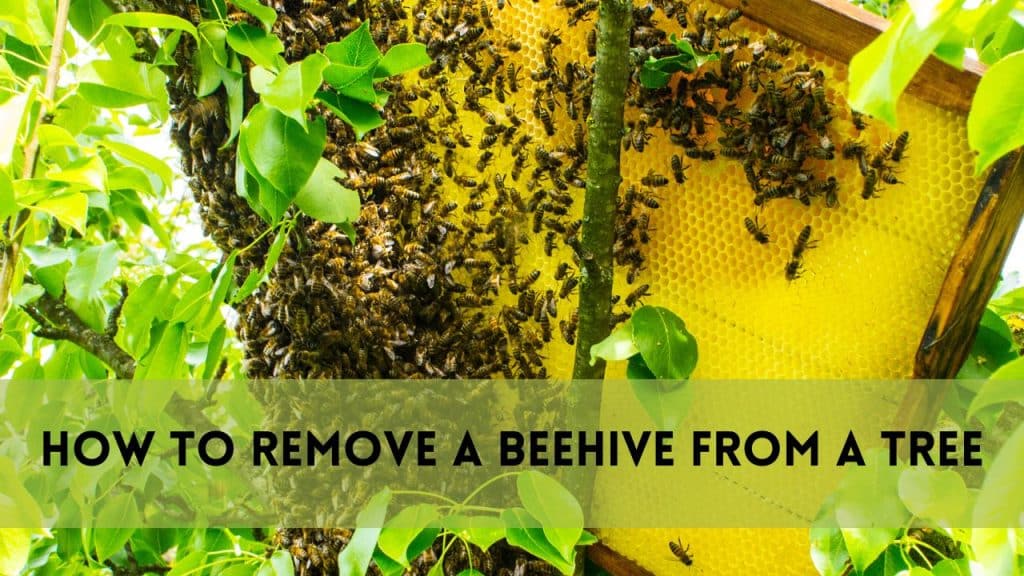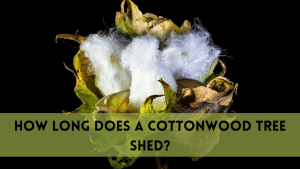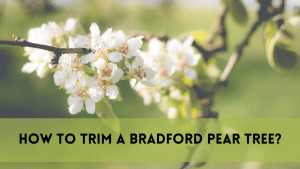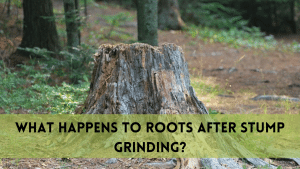If you’ve ever come across a bee hive tucked away in a tree branch, you are aware of how intimidating it may be to determine what to do next. The topic of how to remove a bee hive from a tree needs to be approached methodically and with great thought. But do not worry; we are here to help you navigate this procedure in a secure and efficient manner.
Recognising the circumstances to Remove Beehive
Prior to acting, it is imperative that you evaluate the circumstance. them’s important to know the kind of bees you’re working with as well as the size and position of the hive before attempting to remove them from a tree. Are they bumblebees, honeybees, or some other kind of bee?
Does the hive have to be big and maybe harmful, or is it modest and easy to manage?
How to Remove a Beehive from a Tree?
Your first concern while working with bees and their hives should always be safety. Make sure you have the appropriate safety gear, such as a bee suit, gloves, and a veil, before attempting to remove a beehive. In case the bees become upset, consider an escape path as well.
Selecting the Appropriate Moment
When it comes to taking a bee colony down from a tree, timing is everything. When the bees are less busy, which is in the early morning or late evening, is when you should ideally do this work. During these periods, bees are often less aggressive because they are more submissive.
Assembling Your Equipment
Ensure you have all the tools and equipment needed before starting the removal process. This could consist of a smoker for beekeeping, a tool for the hive, a brush for bees, shears or a pruning saw, a bucket or box for collecting bees, and a repellent for bees.
Getting Near the Hive
Be cautious when approaching the hive; make no abrupt movements or loud noises that can frighten the bees. To assist calm the bees and hide alarm pheromones, softly blow smoke about the hive using the smoker.
Removing the Bee Hive from a Tree
Carefully inspect the hive to determine the best method of removal. For smaller hives, you may be able to cut away the comb using a hive tool and place it directly into a container. Larger hives may require more extensive cutting and removal.
Transferring the Bees
Once you’ve removed a beehive from the tree, it’s time to transfer the bees to a new location. If you’re a beekeeper, you can relocate the hive to one of your apiaries. Alternatively, contact a local beekeeper or pest control professional who can safely relocate the bees for you.
Cleaning Up after Beehive Removal
After the hive has been removed and the bees relocated, it’s important to clean up any remaining wax, honey, or comb residue from the tree. This helps prevent attracting new swarms of bees or other pests to the area.
Put an End to Future Infestations
To avoid more infestations, make your place less appealing to bees beforehand. Cover outside trash cans, get rid of any sources of standing water, and caulk any gaps or cracks on the outside of your house.
Obtaining Professional Help
If you’re not sure how to remove a beehive from a tree, the hive is large or hard to reach, don’t be scared to call a professional bee removal agency for help. These experts have the resources, expertise, and equipment needed to handle even the most challenging bee infestations.
FAQs
Can I Take Down a Bee Hive on My Own from a Tree?
It is possible to remove a bee colony from a tree on your own, but you must exercise caution and adhere to the right protocols in order to prevent injuring yourself or the bees.
Which Equipment Is Needed to Take Down a Bee Hive from a Tree?
Beekeeping supplies include a smoker, a container for collecting bees, a bee brush, pruning saws or shears, protective clothes (bee suit, gloves, veil), and bee repellant spray.
What Time of Day Is Ideal for Taking a Bee Hive Down from a Tree?
When bees are less active and more docile, early morning or late evening is the ideal time to remove a beehive from a tree.
After the hive is removed, what should I do with the bees?
If you are a beekeeper, you can safely move the bees to a different area. If not, you can get help from a local beekeeper or pest management expert.
How Can I Stop Bee Infestations in My Property’s Trees in the Future?
Seal external gaps and holes, eliminate standing water sources, and keep outdoor trash cans tightly closed to ward against bee infestations in the future.
Conclusion
In conclusion, it takes time, care, and the appropriate instruments to remove a beehive from a tree. You may safely remove a beehive from your property without endangering the bees or yourself if you follow the instructions in this tutorial and put safety first at every turn. Always remember that it’s advisable to seek professional guidance when in doubt.





